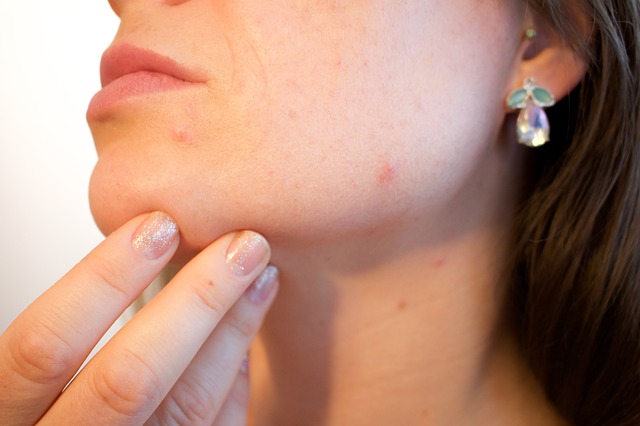Key Causes of Folliculitis: Essential Insights for Beauticians
For beauty professionals, recognizing the key causes of folliculitis is vital in providing a well-rounded skincare experience for clients. Folliculitis, an inflammation of the hair follicles, can affect any part of the skin and is frequently misidentified as acne or various skin rashes. By understanding its triggers, beauticians can offer informed advice and effective treatment options.

What is Folliculitis?
Folliculitis mainly arises from infections in the hair follicles, typically due to bacteria or fungi. Nevertheless, various other factors play a role in this inflammation, such as hair removal practices, clothing choices, and environmental conditions. Knowing these causes is not only beneficial for preventive measures but also essential for advising clients post-beauty treatments.
Bacterial Infections
The most common catalyst for folliculitis is bacterial infection, especially from Staphylococcus aureus. These bacteria naturally exist on our skin, but they can lead to infections when they breach the hair follicle through cuts, abrasions, or irritations. It's important for beauticians to note that clients with nicks from shaving or those who frequently wax may have a heightened risk of developing bacterial folliculitis.
Fungal Infections
Although less frequent, fungal infections can also trigger folliculitis. These infections thrive in damp environments, making it crucial to protect the skin after workouts or excess sweating. Beauticians can assist in managing fungal folliculitis by recommending the right skincare products.
Hair Removal Practices
Techniques such as waxing, shaving, and threading can increase the risk of folliculitis if not executed properly. Beauticians should take the time to educate clients about safe options available and provide aftercare tips to help soothe any irritation. For example, suggesting calming creams and advising against tight clothing immediately after treatments can significantly reduce discomfort.
For further reading on folliculitis, a more detailed overview of its causes and treatments can be found.
Prevention and Management Practices
For beauticians, preventing and managing folliculitis is a crucial part of client care. Recommending gentle exfoliation and ensuring tools are thoroughly sanitized during treatments can help lower infection risks. Providing tailored skincare tips and addressing any concerns clients might have exemplifies a proactive attitude.

Frequently Asked Questions About Folliculitis
How do beauty treatments relate to folliculitis?
Beauty treatments, particularly those that involve hair removal, can induce folliculitis if hygiene is not rigorously practiced. Always make sure that all tools are sterilized and provide clients with personalized skincare advice.
Can folliculitis be confused with acne?
Absolutely. Many individuals often mistake folliculitis for acne. While the appearances can be similar, the two conditions require distinctly different treatment approaches. Distinguishing whether a client is coping with folliculitis is essential for providing accurate care.
What preventive actions can clients take against folliculitis?
Encourage clients to avoid shaving too closely, steer clear of tight clothing, and maintain a regular skincare regimen that includes cleansing and moisturizing. It's essential to educate them on recognizing irritation signs and the significance of proper aftercare.
For more insights into skincare and related issues, explore our resources on foods causing body acne, treating full-body breakouts, and antifungal soap guide.

